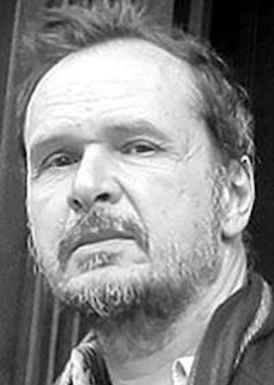
Prof. Adrian Lenardic
Rice University
[Research] [Outreach] [Art-Science] [Lived Experience]

Asst. Prof. Tolulope Olugboji
University of Rochester
[Research][Bio][[Twitter]
The discovery of planets orbiting stars other than our own has invigorated thinking about the requirements for a planet to develop and maintain life. Life requires energy that can come from a star and/or from a planet’s interior. Internal planetary energy can be tapped directly by life via chemosynthesis. It also drives volcanic and tectonic activity that affects climate evolution and, by association, the ability of a planet to maintain liquid water at or near its surface, key for life as we know it. That connection has motivated models of climate-tectonic coupling to explore how habitable conditions have been maintained on our own planet and how that can inform the search for life on other planets. These efforts involve computational modeling of a planets internal dynamics coupled to climate evolution. I will review selected computational modeling of this sort as applied to Earth history and to the mapping of conditions that allow for the potential of life beyond Earth.

Seismic imaging of ocean plate structure provides fundamental constraints on plate formation, evolution, and composition, and is necessary for understanding the role that temperature, hydration, or melts plays in controlling the strength and buoyancy of 70% of Earth’s tectonic plates. While it is easy to decipher vibrations on land and use the data to build maps of the seismic structure of continental plates, on the seafloor, it is harder to detect and isolate vibrations generated from short-period earthquake waves that convert within or underneath the oceanic plate. This is because these signals are often buried within the loud singing of sediments. In this talk, I describe a technique for silencing the singing of sediments and how machine learning (ML) assists in the rapid separation of the noisy, yet predictable ringing from ocean plate conversions. ML can also facilitate the rapid extraction of waves buried within continuous ground vibration i.e., ambient noise using probabilistic inverse theory which produces auto-adaptive maps. Sharper images of ocean plate structure will advance our understanding of plate tectonic theory.